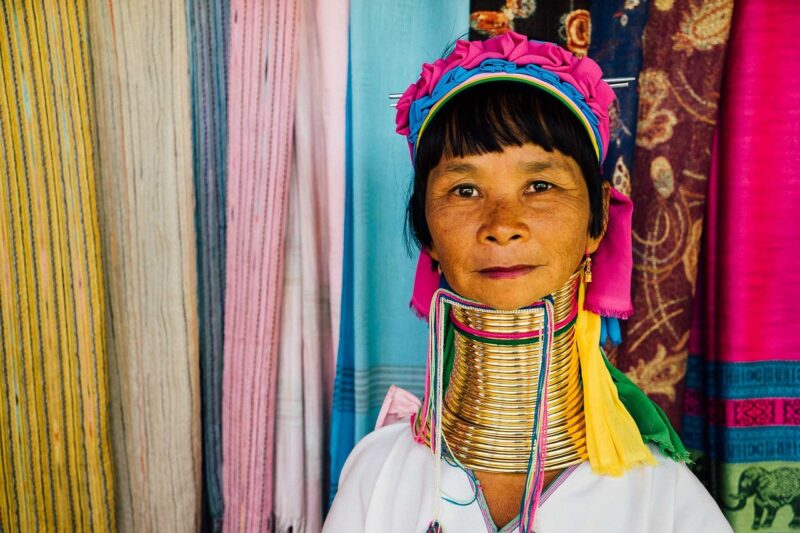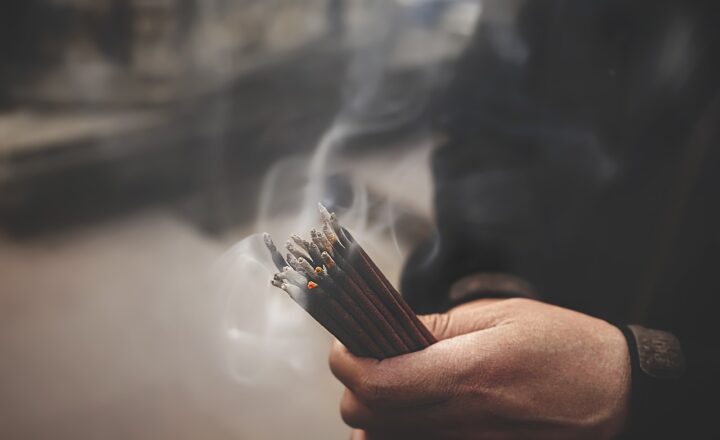The Strangest and Most Peculiar Rituals Practiced by Ancient Tribes to Honor Their Deities
November 17, 2024

Throughout history, ancient tribes have engaged in a vast array of rituals and practices to honor their deities, often characterized by their strangeness and peculiarity. These rituals served as vital connections between the tribes and their gods, reflecting their beliefs, values, and cultural identities. In this article, we will delve into some of the most unusual and fascinating rituals from different ancient cultures around the world.
1. The Blood of the Gods: The Aztec Sacrificial Ritual
The Aztecs, known for their complex society and advanced architectural achievements, believed that their gods needed nourishment to sustain the world. This belief led to a gruesome but revered practice of human sacrifice.
Every year during the celebrations for the god Huitzilopochtli, thousands of captives were brought to the temple of Templo Mayor in Tenochtitlan. The victims, often warriors from other tribes, were ritually sacrificed, and their hearts were offered to the sun god. This was believed to ensure the sun’s rise and the continuation of life on Earth.
2. The Spirit of the Ancestors: The Tana Toraja’s Funeral Rites
In Toraja, Indonesia, the death of a loved one is not the end; rather, it is a transition into another world. The Tana Toraja people celebrate elaborate funeral ceremonies that can last several days, depending on the deceased’s status within the community.
These events involve dressing the deceased in special clothing, providing food and offerings, and performing dances and music, often for their ancestors. One particularly eccentric practice includes the ritual of ‘Ma’nene’, where remains are exhumed and dressed in fresh clothing, reflecting the belief that the deceased continue to exist among the living.
3. The Desert of Sacrifice: The Himba Women’s Fertility Rituals
Among the Himba tribe in Namibia, fertility rituals are an essential aspect of their belief system. To invoke blessings from the ancestral spirits, women engage in elaborate ceremonial practices that include rituals of body adornment with red ochre, symbolizing fertility and protection.
During these rituals, women paint their bodies and hair with ochre mixed with butterfat, signifying beauty and their connection to the earth and goddess. The tribe’s women also engage in dances and songs that encourage fertility and health within the community.
4. A Connection to the Sea: The Māori Haka Ritual
The Māori, indigenous people of New Zealand, are known for their rich oral traditions and rituals, including the Haka. Performed as a dance, the Haka involves chanting, vigorous movements, and facial expressions to convey strength and unity. Traditionally, it is performed during ceremonies, celebrations, and even before battles to honor the land and ancestors.
Modern adaptations of Haka have gained international recognition, especially in sports; however, its roots lie deeply in spirituality and ancestral reverence, highlighting the bond between the Māori people, their culture, and the spirits of their ancestors.
5. The Scent of Offerings: The Ancient Roman Vestal Virgins
In ancient Rome, the Vestal Virgins served the goddess Vesta, the deity of the hearth and home, by maintaining the sacred fire in her temple. These priestesses took a vow of chastity and were revered for their purity, as their rituals were believed to ensure the prosperity and safety of Rome.
Rituals involving flowers, wine, and sacred objects were central to their duty, with the Most important being the Vestalia festival, where the temple was opened to women for offerings and prayers. The rituals included intricate rites involving the purification of the priestesses and elaborate sacrifices, all designed to sustain Vesta’s favor.
6. Whispers of the Wind: The Ogoh-Ogoh Ritual of Bali
Bali, known for its beautiful landscapes and vibrant culture, hosts the Ogoh-Ogoh ritual each year prior to Nyepi, the Day of Silence. During this ritual, large, demonic-looking effigies, called Ogoh-Ogoh, are created and paraded through the streets.
These effigies are made of bamboo and colorful paper, symbolizing negative spirits and bad influences. Each village holds a procession with music and dance, ultimately culminating in the burning of the Ogoh-Ogoh to rid the community of evil. This unique ritual emphasizes the Balinese belief in purifying the community by confronting and expelling darkness before entering a day of silence.
Conclusion
The rituals practiced by ancient tribes to honor their deities are a testament to diverse beliefs and cultural practices around the world. Each ritual, in its unique way, reflects the tribe’s values, history, and connection to their spiritual worlds. While some may seem strange or peculiar today, they played essential roles in connecting individuals with the divine, preserving traditions, and solidifying community bonds. As we explore these practices, we uncover the intricacies of human belief and the enduring quest for meaning in our existence.
Further Reading
For those interested in learning more about ancient rituals and beliefs, consider exploring additional resources such as documentaries and literature that cover ethnographic studies of tribal practices worldwide.






